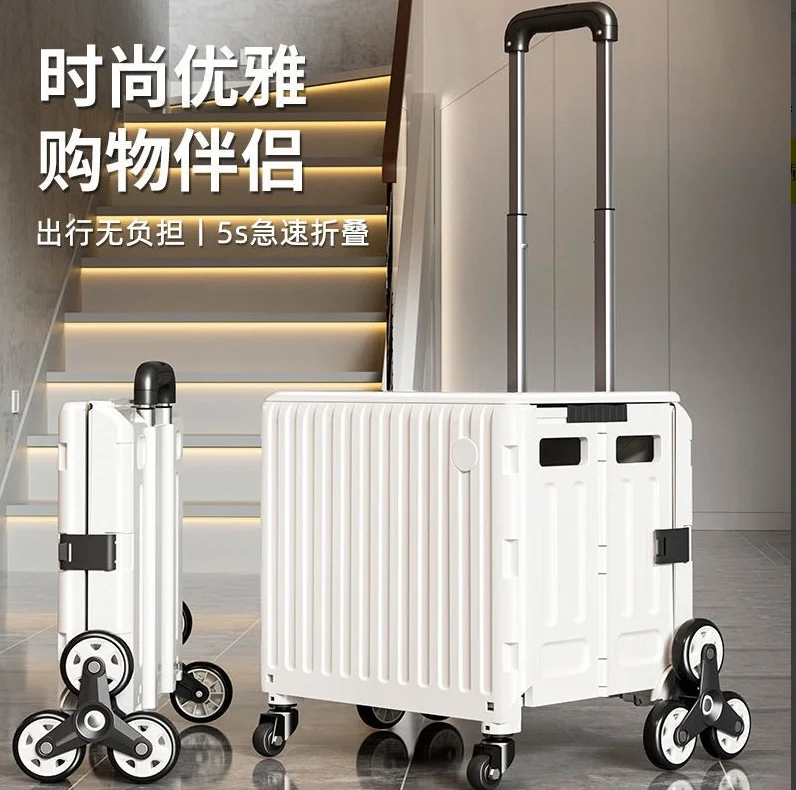In an age where home security is paramount, many homeowners are turning to technology to safeguard their properties. Among the most popular solutions are home security cameras, which provide a sense of safety and peace of mind. However, a common question arises: Do home security cameras record all the time? This article delves into the intricacies of home security camera functionality, exploring recording options, storage solutions, and the implications of continuous recording.
The Basics of Home Security Cameras
Home security cameras come in various types, including wired, wireless, indoor, and outdoor models. Each type serves a specific purpose, but they all share a common goal: to monitor and protect your home. Understanding how these cameras operate is crucial for making informed decisions about your security needs.
Recording Modes: Continuous vs. Motion Detection
One of the primary features that differentiate home security cameras is their recording modes. Generally, there are two main types of recording:
- Continuous Recording: As the name suggests, continuous recording means that the camera captures video footage 24/7. This mode is beneficial for comprehensive surveillance, ensuring that every moment is documented. However, it requires significant storage capacity, as the amount of data generated can be substantial.
- Motion Detection Recording: Many modern security cameras are equipped with motion detection technology. This means that the camera only records when it detects movement within its field of view. This mode conserves storage space and allows for more efficient use of bandwidth. Additionally, it can send alerts to homeowners when activity is detected, providing real-time updates.
Factors Influencing Recording Choices
The decision to use continuous recording or motion detection is influenced by several factors:
- Purpose of Surveillance: If the primary goal is to monitor high-traffic areas or deter potential intruders, continuous recording may be more appropriate. Conversely, for monitoring less critical areas, motion detection may suffice.
- Storage Capacity: Continuous recording requires more storage space. Homeowners must consider whether they have the necessary infrastructure, such as a Network Video Recorder (NVR) or cloud storage, to accommodate the data.
- Privacy Concerns: Continuous recording can raise privacy issues, especially in shared living spaces. Homeowners should be mindful of where cameras are placed and ensure they comply with local laws regarding surveillance.
Storage Solutions for Recorded Footage
When it comes to storing recorded footage, homeowners have several options:
- Local Storage: This involves using an NVR or Digital Video Recorder (DVR) to store footage on-site. While this method provides quick access to recordings, it can be vulnerable to theft or damage.
- Cloud Storage: Many modern security cameras offer cloud storage solutions, allowing users to store footage remotely. This option is often more secure and provides access from anywhere with an internet connection. However, it typically comes with a subscription fee.
- Hybrid Solutions: Some systems combine local and cloud storage, offering the best of both worlds. This approach allows for immediate access to footage while also providing a backup in case of local storage failure.
Legal and Ethical Considerations
Before installing security cameras, homeowners should familiarize themselves with local laws regarding surveillance. In many jurisdictions, it is illegal to record audio without consent, and there may be restrictions on where cameras can be placed. Additionally, ethical considerations should guide the placement of cameras, particularly in areas where privacy is expected, such as bathrooms or bedrooms.
Conclusion: Making the Right Choice for Your Home
In conclusion, whether home security cameras record all the time depends on the specific model and the homeowner's preferences. Continuous recording offers comprehensive surveillance but requires substantial storage, while motion detection provides a more efficient alternative. Ultimately, the choice should align with the homeowner's security needs, storage capabilities, and legal considerations.


